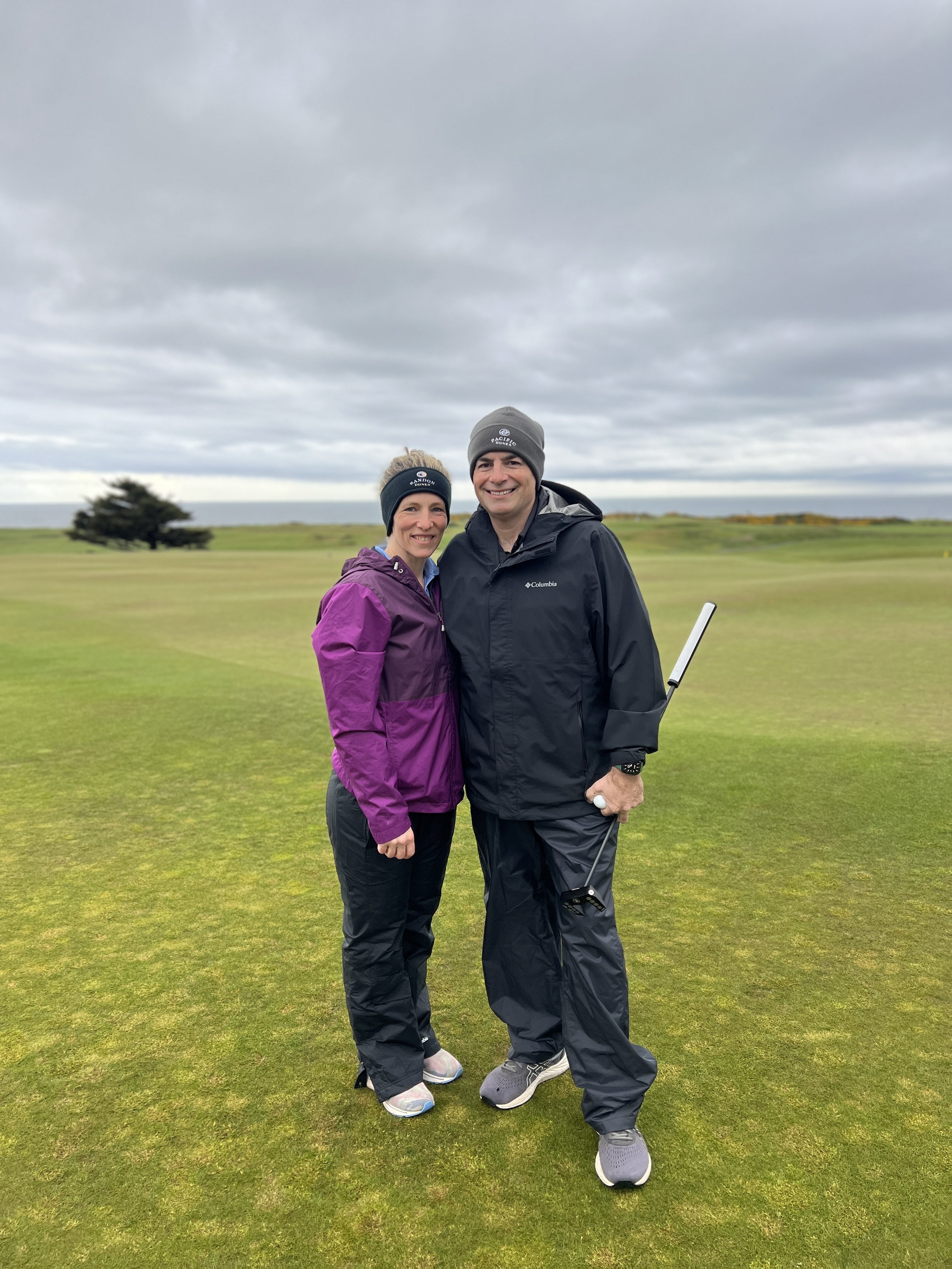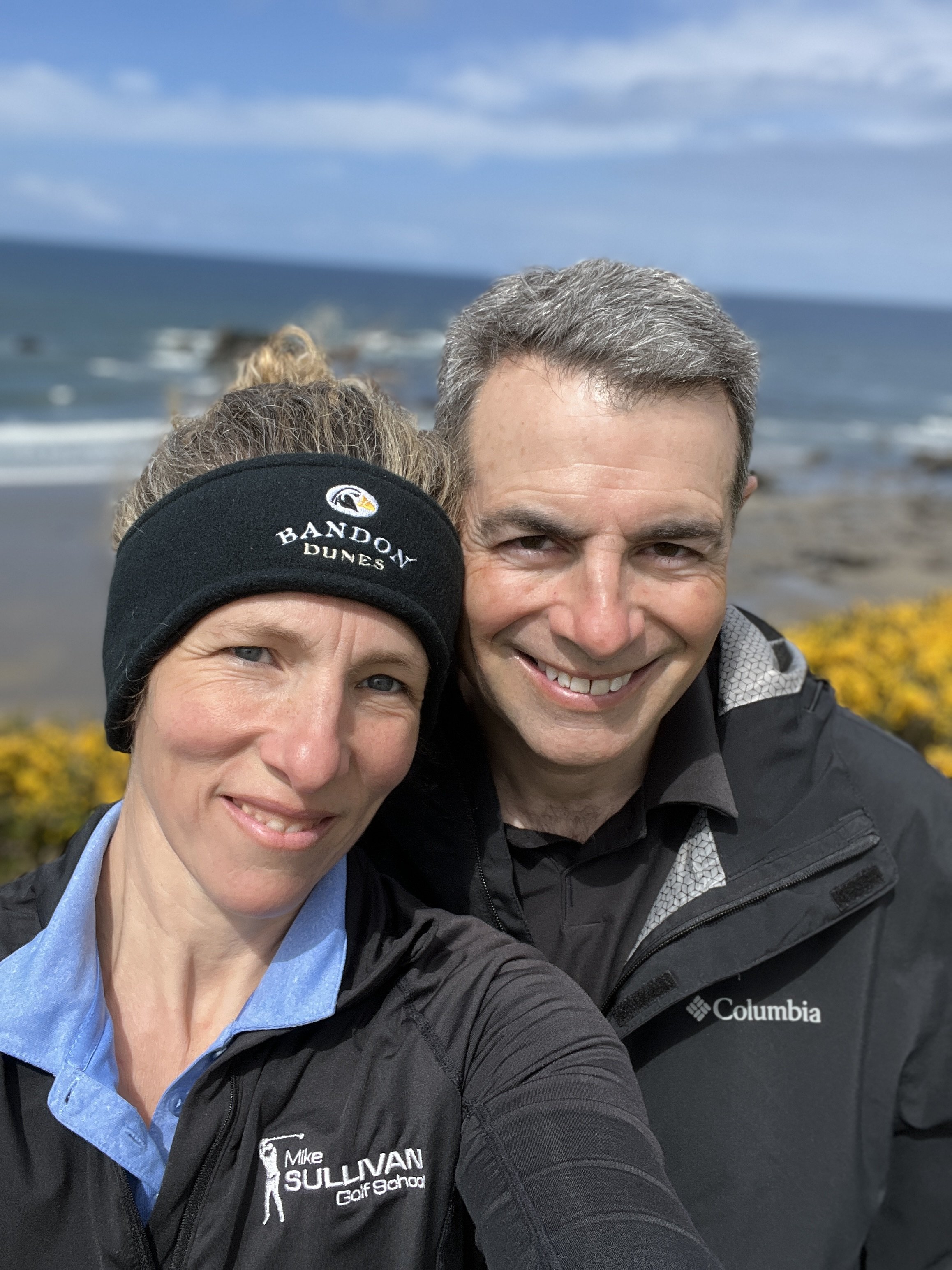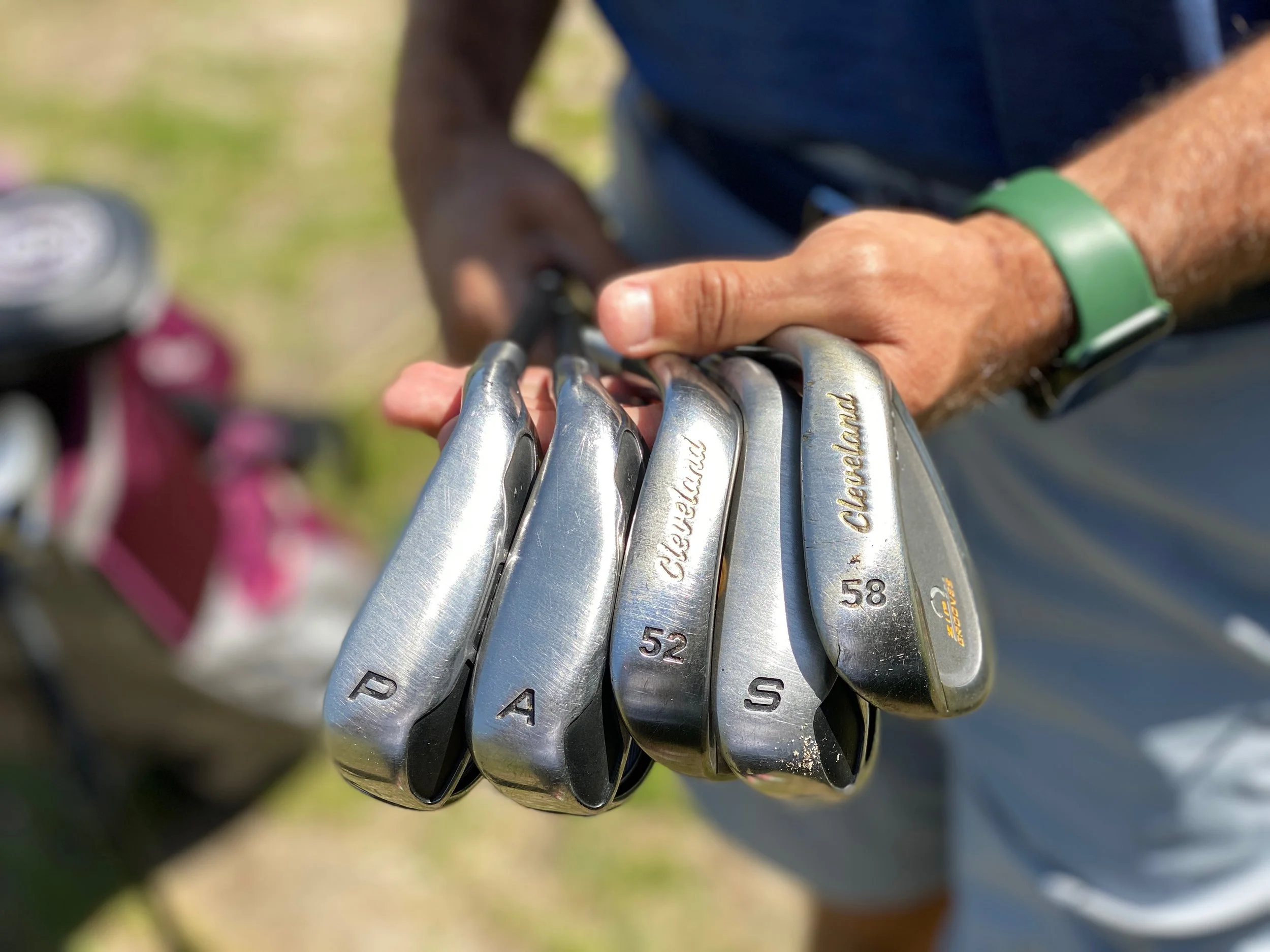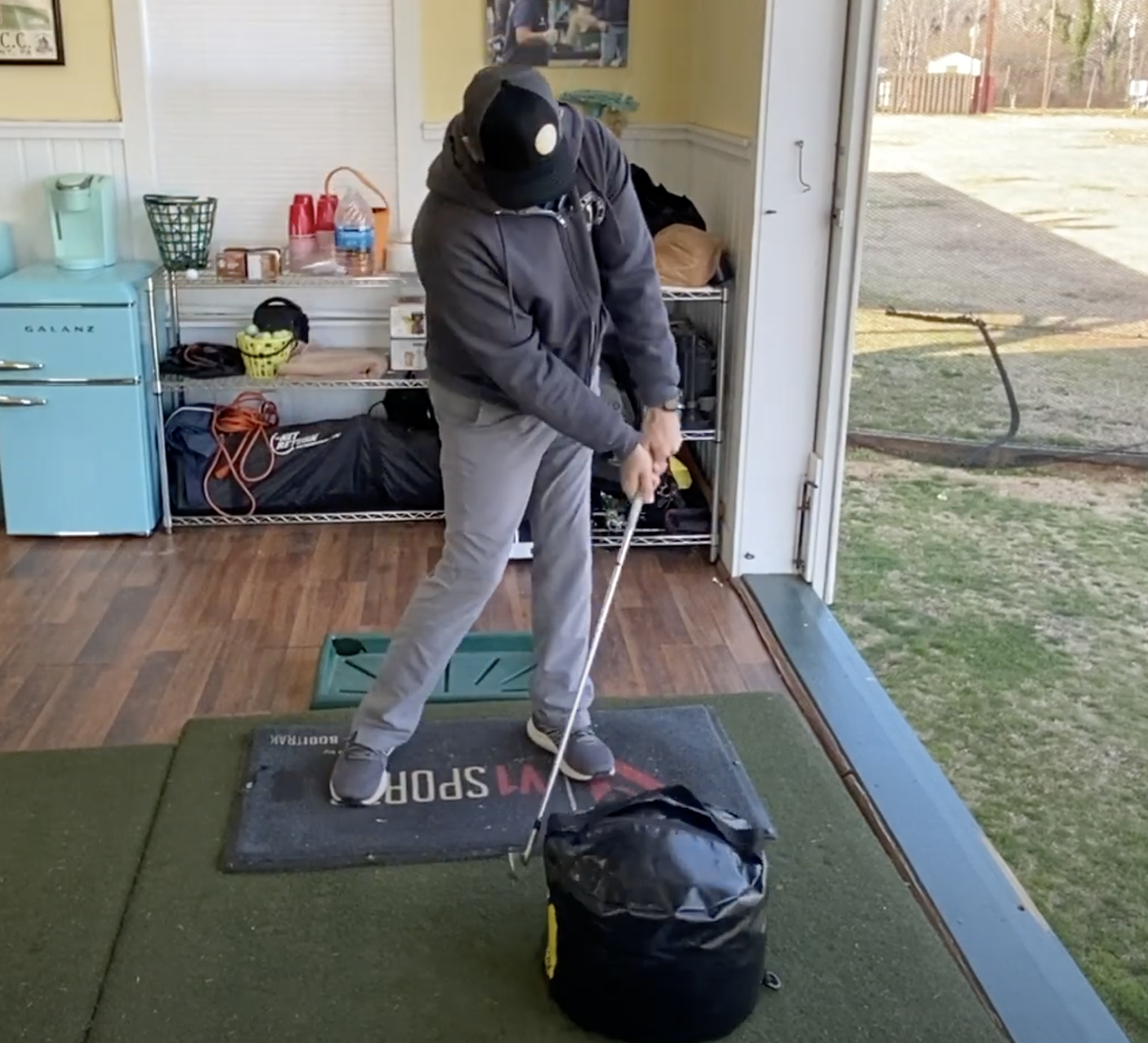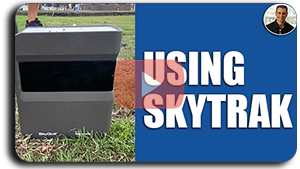I have been meaning to write this blog for MONTHS and finally am getting around to it. Back in May, Lauren and I traveled to a remote coastal Oregon region to play a handful of the most famous golf courses in the country, if not the world. It was an incredible experience and something that I would recommend to EVERY avid golfer I know. Here are some of my recommendations to make this trip epic!
1. Plan Ahead
The Pacific Coast is something to breathe in and appreciate
I can’t emphasize this enough. You need to plan this trip ahead of schedule especially if you plan to stay in the lodge (which I highly recommend). The lodge is comfortable, clean, has a great restaurant and a beautiful view of the 18th green with the Pacific Ocean in the background. This trip is doable last minute if you want to stay off site at an AirBnb but I would definitely plan to spend at least a couple nights in the lodge. Try to book your rounds at the same time you book your lodging to get the best tee times. Also, be prepared for a lot of different weather possibilities. We stopped off at the outlets on our way down to Bandon to pick up some good rain gear. We only needed it the first day but it was definitely a good thing to have. Even in May, the weather was cold, sometimes rainy, and overcast. The wind is always an issue so can make cooler temperatures feel even colder. Don’t obsess over the weather, just prepare for it.
2. Fly into Portland and Rent a car
We flew into Portland with a stopover in Denver and rented a car at the Portland Airport. We arrived late on a Friday night so got one night at a hotel near the airport and picked up our car in the morning. From there we headed west toward the coast and started our drive down the coast at Cannon Beach. If you have time, I have heard it’s worth a trip up to Astoria which is just north. We had breakfast in Cannon Beach and then headed for a leisurely drive down the Oregon Coast. What a beautiful place to explore. We gave ourselves some time and stopped at a hotel on the way. This particular hotel was dingy and dated and around the same price as the Lodge at Bandon Dunes. So my recommendation would be to continue down the coast and stay at Bandon.
Lauren on the iconic hole #16 at Bandon Dunes
3. Be prepared to play a lot of golf
There is little else to do in Bandon Dunes other than play golf. The restaurant scene is limited and really just there to refuel before the next round. However, I will say, we had one of the best bartenders we have ever had at the Lodge restaurant, Christian. If you make it there and he’s working, have him make you his margarita. It was incredible. If you are traveling with non-golfers, they may not find much to do. I believe there’s a small spa on the property but little else. Remember, your first round of the day is full price, second round of the day is half off, and if you are lucky enough to squeeze in a third round, it’s FREE. There are six full courses on the property as well as a fun Par 3. So much golf and you will not get bored, I promise.
4. Having a Caddie is Optional but walking is NOT
Mike teeing off on Pacific Dunes
We reserved a caddie on our first day when we were booked for Pacific Dunes. However, due to a miscommunication, our caddie didn’t show up and we decided to go off on our own. The weather was a bit sketchy on our first day there. We played in the afternoon in a chilly rain that came and went at semi-regular intervals. It was tough to navigate some of the holes but there were plenty of rangers around the course to help direct you where to go, where to aim, etc. If you are planning on trying to play really well, a caddie may be a worthwhile investment. For us, it didn’t make sense. Day 2 started off at Sheep Ranch which is the newest of the courses. An early tee time had us teeing off in the 40’s under an overcast sky. We paired up with a man and his young son who were a joy to play with. Sheep Ranch is a cool track with nearly a mile of coastline and 9 holes on the edge of the continent. It features no bunkers (because that might make it too difficult) but the course is a lot of fun. Definitely a must see. We finished by noon and grabbed some lunch in the lodge. After a little resistance from Lauren, I convinced her to play another round. We got on Bandon Dunes shortly have 1 to get in a quick 18. Bandon Dunes is nothing short of spectacular. Rolling fairways, vibrant gorse, epic reveal of the Pacific Ocean, amazing. Of course it’s a must play. We actually ended up playing it twice as we had a tee time for the next morning as well. Our final round paired us with an older couple who opted to take a caddie. What we realized in that epically long round was that having a caddie may help you on the course but costs you a lot of time in the long run. Ultimately it’s a personal choice and one you have to make for yourself.
However, there are no carts at Bandon Dunes and you must be able to walk the course to play it. It would be wise to prepare your body for the exertion of playing multiple rounds and walking the entire course while carrying your bag. Having a caddie would be helpful in this regard as he or she will carry your bag for you.
Fireside at Sheep Ranch
5. Try to play all the courses when you go
We were able to play Sheep Ranch, Pacific Dunes, and Bandon Dunes twice. After chatting with the locals, the general consensus was that Bandon Trails was the favorite. For those who had been frequent guests, Old MacDonald was also a fan favorite. In hindsight we wished we had been able to play all the courses including the par 3. I guess we will just have to check it out next time. Try to go for 3-4 nights and plan to play 36 holes at least 1-2 days during your stay. Go with avid golfers as it will make it much more fun for you!
Ultimately, Bandon Dunes is a must see for anyone who loves golf. But there’s not much else so make sure you go with people who are obsessed with golf the way we are! Enjoy yourself, prepare for some rough weather and dress accordingly, and enjoy every moment of it.





